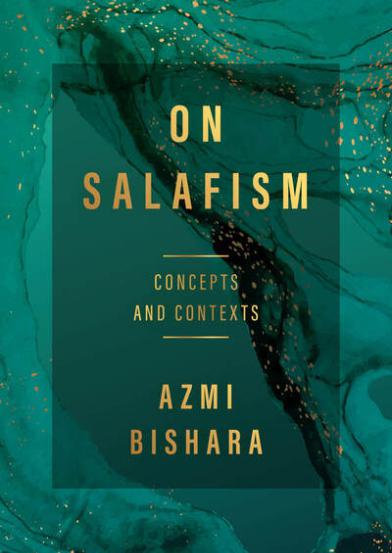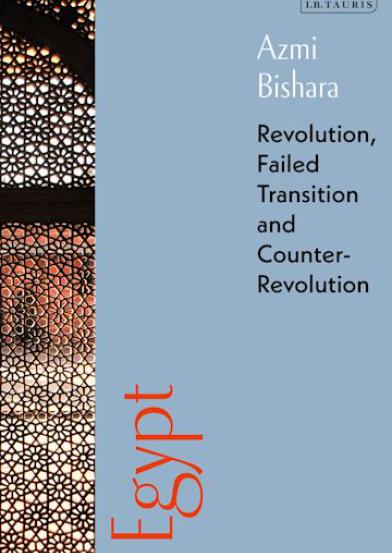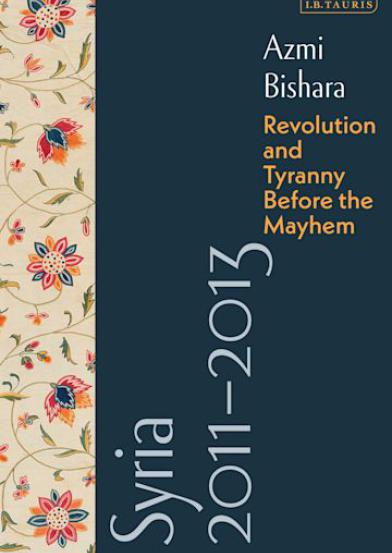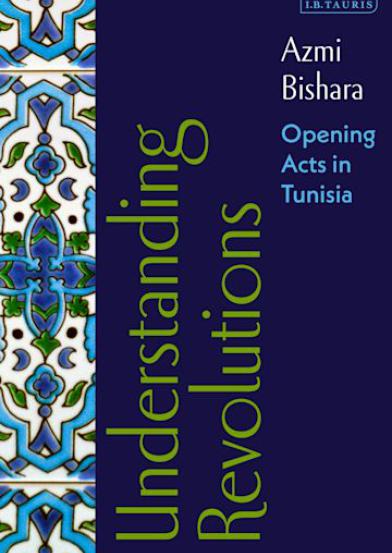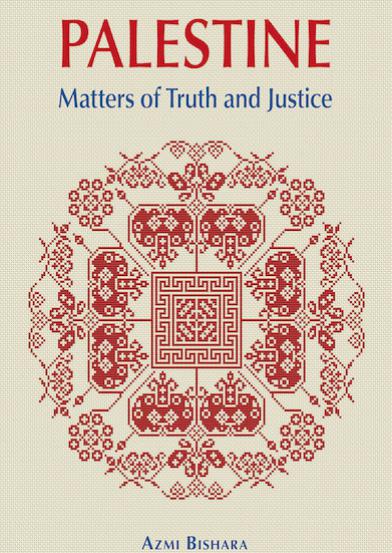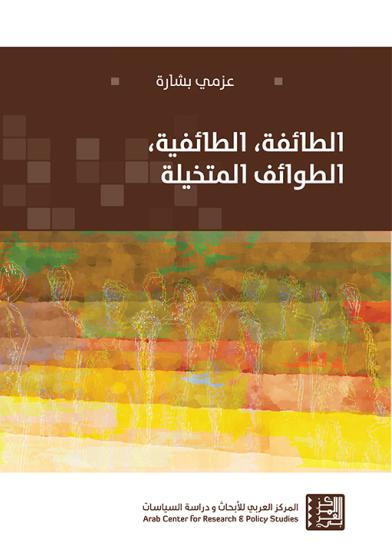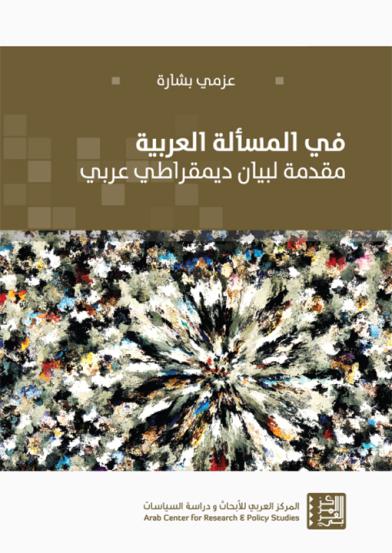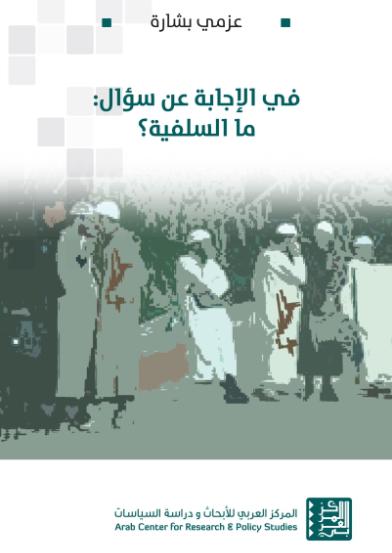Syria
The involvement of armed groups that are not bound by the goals of the Syrian revolution, a year and a half after it erupted, displaced large numbers of Syrians as well. This was both on account of regime bombardment of the areas these groups seized, or on account of the actions of some of them.
In his book "On Sect, Sectarianism and Imagined Sects", published by the Arab Center for Research and Policy Studies, Azmi Bishara defines the sect as "a group based on belonging to a religion or a doctrine, with a great influence for imagined elements."
Russia's Foreign Minister, a man with a square-shaped logic and a square-shaped rhetoric, recently summed up Russia's "grand achievement" thus: That Moscow has finally convinced Washington that Arab dictators, both those who departed and those who are alive and killing, are better than Islamic terrorism.
Russia’s military intervention in Syria is the only direct military intervention there by a state from outside the region. Iran was there first, but its intervention took different forms. No state, be it Arab or foreign, has sent experts and fighters against the Syrian regime – direct intervention by foreign states has worked exclusively for the benefit of Assad’s regime.
Opening lecture bt Dr. Azmi Bishara of "Russia’s Military Intervention in Syria: Motives, Objectives and Repercussions" symposium 24-10-2015
It is not Arabs alone who are caught in the crises of Syria and Iraq, whose Arab identity and unity are at risk. Iran is also facing a real crisis there. Iran is so drained in these two countries that it has had to take action to address the state of restlessness among Iraqi Shia Arabs. One can only imagine what Iran's position in Iraq will be like a decade from now.
Books
Bishara is particularly known for his research on civil society, nationalism theory, what he refers to as "the Arab question", religion and secularism
